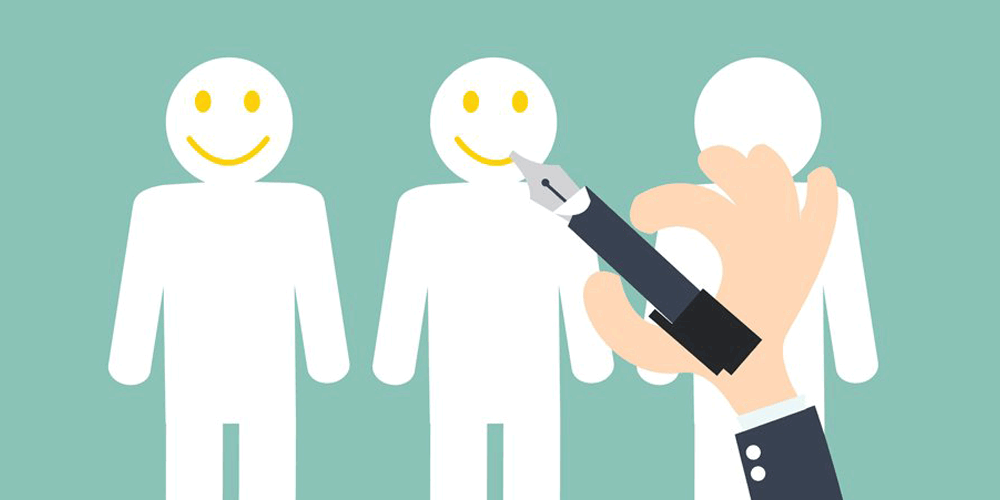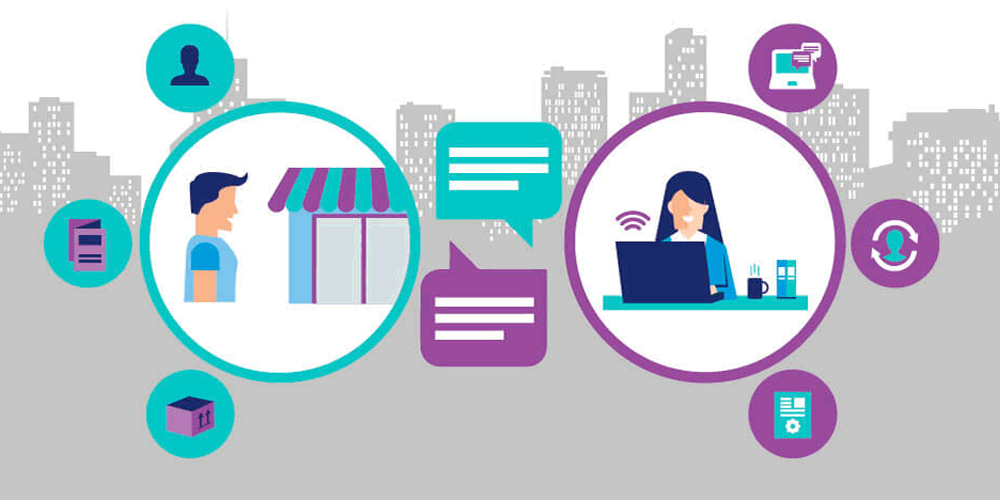Customer experience, or just CX, is described as how your customers perceive their experiences with your company.
For example, if your customers values fast customer service over the quality of your product. This means they are more likely to have a positive CX when your company can quickly respond to their inquiry. On the other hand, customers that value quality greatly, are more likely to give negative CX if your product is bad, despite you have an outstanding customer service.
So here, CX is like a metric which suggests experience based on interactions.
As a business, you need to ensure that your interactions with customers are useful as they can be, capable of providing value, usable and enjoyable.
To have a good CX, you need to excel in many different categories, and not just in one particular area.

In theory, if your business can give a positive impression on its "finishing move", customers would have a longer-lasting appreciation, creating a stronger impression. In other words, a great CX can be achieved by creating a positive experience at the end of the funnel to outweigh earlier bad points your customers may have given you.
But still, it doesn't mean that you should only focus on delivering the best you can at the end of your customers' journey with you. You need to tailor your interaction, to suit what the individuals need.
This is personalization, and it's an important CX strategy.
To be able to do this, the main resource you need in data. With data-driven CX, your strategy should help your business improve by improvising customers' journey with you.
The next thing, is emotion.
The link between emotion and consumer behavior is nothing new. And with personalized marketing, you can evoke emotions and create a stronger and more memorable connection with consumers.
For example, a website that shows ads that match the visitors' emotional state (happiness, anger, sadness, relaxed and so forth), can have a higher engagement rate with better customer experience results.
The reason is because consumers are humans that tend to care more about being emotionally-connected to someone (or a brand or company) than feeling satisfied. Emotions can bond two people together, because they create the sense of belonging, the feeling of security among others.
Being emotionally-connected typically creates higher levels of loyalty, as well as increased chances of recommending a brand.

Measuring Customer Experience
You can measure CX using NPS (Net Promoter Score). This involves a survey which asks customers (one a scale from 1 to 10) regarding how they are likely to recommend your service to their friends. NPS can be used to determine the percentage of customers which have the potential to become either 'promoters', 'passives’, or 'detractors'.
The next is CES (Customer Effort Score). This is measure the happiness of customers about your customer service, with a scale ranging from very difficult to very easy.
Then there is CSAT (Customer Satisfaction Score). This metric is probably the most basic, as it rates how satisfied your customers on a scale.
Insights from these three are priceless. However, marketers should know that measuring these metrics can be tricky. A mistake has the potential to mislead them from the solution.
Conclusion
CX can be hard to determine and measure. But knowing this should help you in delivering the best in your business to your customers.
You need to carefully plan every step of your customers' journey. While high-impact changes may work in a short-term with huge ROI, it's unlikely that these will lead to long-term success. On the other hand, little changes to how your company offers its products and/or service, may not give your high ROI. But it's safer and has a higher chance in giving a long-term success.
While CSAT is probably the most common strategy for gathering information on CX, you need to choose the ones that are most relevant to your business. So here, you need to experiment with CPS and CES as well.
And for last, the data you gathered from your customers, should be embedded to your strategy in delivering personalized user experience which involves a touch of emotions.